Suresh Prabhu announces key policies to increase non-fare revenues of Indian Railways
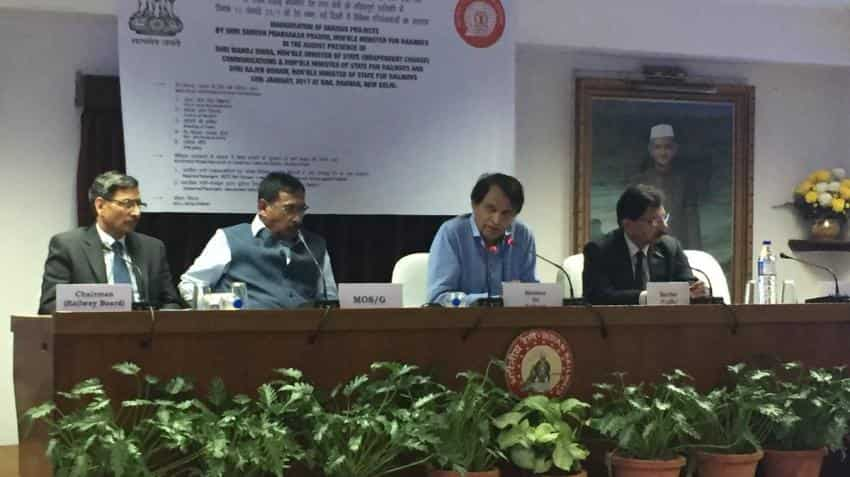
In a move to increase non-fare revenues and to promote ease of railway ticketing through digital transactions, Railway Minister Suresh Prabhu on Tuesday inaugurated several policy initiatives.
These policies will look into different areas ranging from advertising in trains and other areas such as bridges and other assets, setting up of ATMs at platforms to digital content for passengers, cited the Ministry of Railways in an official statement.
"...various steps are being taken towards promoting digital transactions," Prabhu said while speaking at the occasion at Rail Bhawan.
7/Launched new policies on various initiatives within non fare revenue space viz. OoH Advt,Train Branding,Content on demand,Rail Radio
— Suresh Prabhu (@sureshpprabhu) January 10, 2017
He also said that new innovative ideas are brainstormed for increasing the non-fare revenues of Indian Railways and many policy initiatives in non-fare revenue have now been taken.
1/Launched a host of initiatives to boost #CashlessTransactions and new policies to give impetus to non fare revenue in @RailMinIndia pic.twitter.com/reHkn8PhNW
— Suresh Prabhu (@sureshpprabhu) January 10, 2017
ALSO READ: IRCTC to launch new App for faster booking of tickets
Minister of State for Railways Rajen Gohain said that non-fare revenue efforts of Indian Railways will bring in enough revenue and the cashless transaction initiatives will bring in more efficiency.
The Ministry of Railways has announced five key policies for increasing the non-fare revenue of Indian Railways:
1.Non-Fare Revenue Policy:
The objective of the policy is to allow Indian Railways to consider unsolicited proposals of earnings through non-fare sources.
2. Out of Home Advertising Policy:
The objective of the policy is to allow monetisation of railway assets by means of advertising .
3.Train Branding Policy:
The objective of this policy is to augment advertising revenue of Indian Railways by allowing internal and external advertisement.
4. Content on Demand and Rail Radio Policy:
The objective of this policy is to allow monetisation of entertainment based services on trains and stations.
5. ATMs Policy:
The objective of this policy is to allow setting up ATMs at major stations of the Indian Railways.
In order to promote cashless payment Indian Railways is providing Point Of Sale machines for facilitating payment by cards and promoting ticketing –both reserved and unreserved – through IVRS, Ticket Vending Machines installed at stations, internet and mobile applications and also providing additional cashless payment options through Wallets.
To promote ease of ticketing of through digital transactions, the Ministry of Railways has announced two key initiatives:
1.IRCTC Connect App
To increase the ease to users, a new Android based mobile app for reserved booking “IRCTC Rail Connect” has been developed to bring the power of next generation e-ticketing system like High Performance and Enhanced Security. The new IRCTC Rail Connect App will have 24/7 service with no time based checks.
2. Additional Payment Options On UTS-on- Mobile App
“utsonmobile” App is in use for booking unreserved journey, platform and season tickets at all suburban sections of Indian Railways and New Delhi – Palwal Section of Northern Railway. It is presently implemented on 501 Stations and has average daily booking of 53,000 Passengers.
Presently, the payment option is only through R-wallet. In order to provide additional cashless payment facility of payment through private wallets (Paytm and Mobikwik) is being provided.
ALSO READ: Indian Railways look to boost advertising revenues; aims Rs 2000 crore
Get Latest Business News, Stock Market Updates and Videos; Check your tax outgo through Income Tax Calculator and save money through our Personal Finance coverage. Check Business Breaking News Live on Zee Business Twitter and Facebook. Subscribe on YouTube.
RECOMMENDED STORIES
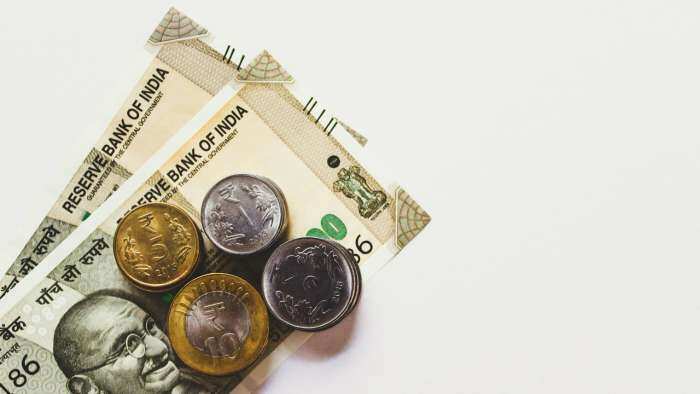
Retirement Planning: SIP+SWP combination; Rs 15,000 monthly SIP for 25 years and then Rs 1,52,000 monthly income for 30 years

Top Gold ETF vs Top Large Cap Mutual Fund 10-year Return Calculator: Which has given higher return on Rs 11 lakh investment; see calculations
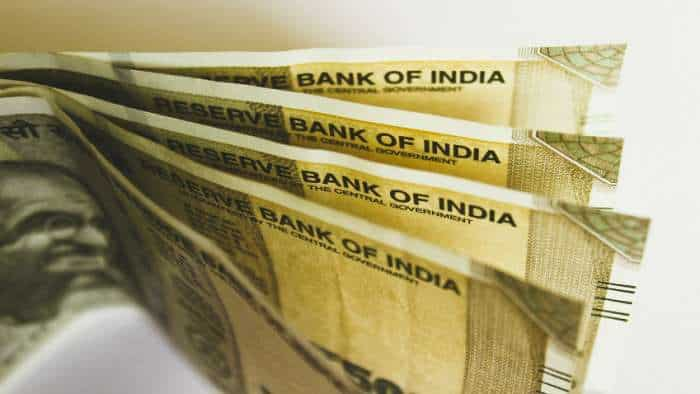
Retirement Calculator: 40 years of age, Rs 50,000 monthly expenses; what should be retirement corpus and monthly investment
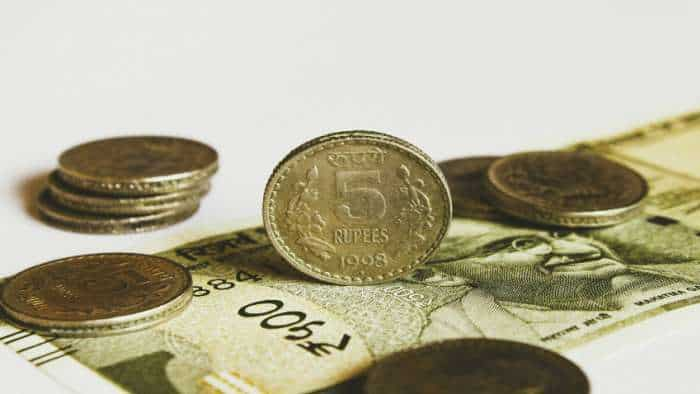
SBI 444-day FD vs Union Bank of India 333-day FD: Know maturity amount on Rs 4 lakh and Rs 8 lakh investments for general and senior citizens
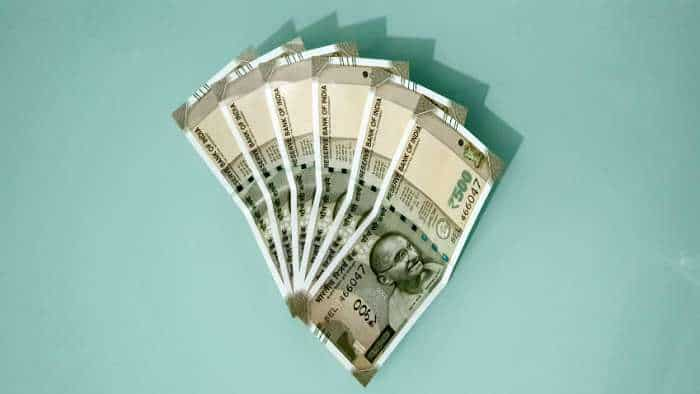
EPF vs SIP vs PPF Calculator: Rs 12,000 monthly investment for 30 years; which can create highest retirement corpus

Home loan EMI vs Mutual Fund SIP Calculator: Rs 70 lakh home loan EMI for 20 years or SIP equal to EMI for 10 years; which can be easier route to buy home; know maths
07:01 PM IST







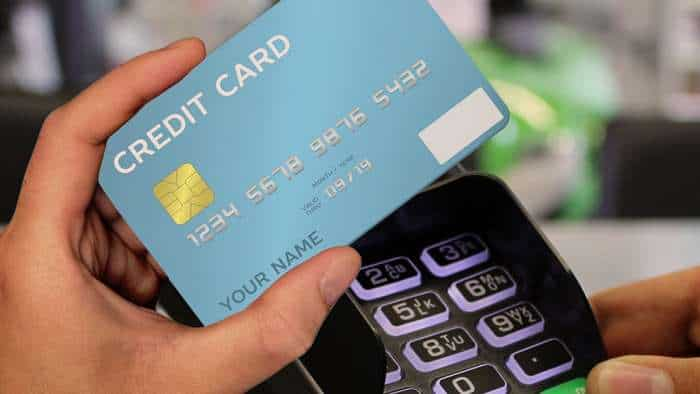


 IRCTC to launch new App for faster booking of tickets
IRCTC to launch new App for faster booking of tickets Indian Railways look to boost advertising revenues; aims Rs 2000 crore
Indian Railways look to boost advertising revenues; aims Rs 2000 crore Indian Railways to spend nearly Rs 22,000 crore on line expansion projects
Indian Railways to spend nearly Rs 22,000 crore on line expansion projects Indian Railways: Biggest contributor to Rio Olympics contingent; complete list of 35 sportspersons
Indian Railways: Biggest contributor to Rio Olympics contingent; complete list of 35 sportspersons Indian Railways to join billion-dollar cargo club soon: Suresh Prabhu
Indian Railways to join billion-dollar cargo club soon: Suresh Prabhu